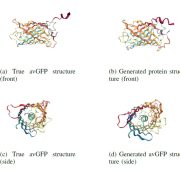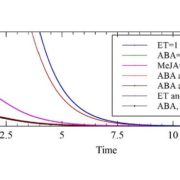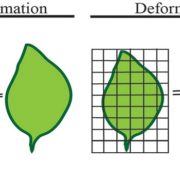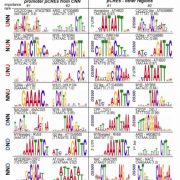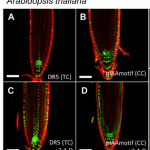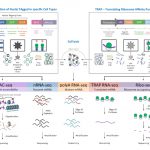A virtual nodule environment (ViNE) of metabolic integration during symbiotic nitrogen fixation (bioRxiv)
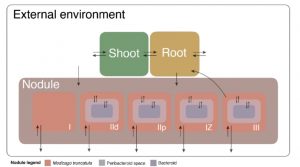 Genetic and molecular studies have revealed a complex exchange of signals and metabolites accompanying the development and process of symbiotic nitrogen fixation. Clearly, the photosynthesis-capable plant provides fixed carbon to the bacterial symbiont, which uses some of this energy for its core metabolism and some to drive energetically-expensive nitrogen fixation by nitrogenase. For a greater understanding of these processes, DiCenzo et al. have developed a model in which to simulate flux-balance analysis. They considered plant shoot, root, and nodule tissues, with the nodule represented as a series of differentiation zones with different metabolic activities, and incorporated data about enzyme activities and metabolites, as well as the consequences of altering them. Their findings suggest that the majority of fixed carbon provided to the bacteria is used directly to support nitrogenase activity, and also that there are diminishing returns in terms of plant growth with increases in nitrogenase activity. The authors observe their findings may be good news for efforts to engineer N-fixation into cereals, as “even a low efficiency symbiosis has the potential to have a noticeable benefit on crop yield.” (Summary by Mary Williams) bioRxiv 10.1101/765271v1
Genetic and molecular studies have revealed a complex exchange of signals and metabolites accompanying the development and process of symbiotic nitrogen fixation. Clearly, the photosynthesis-capable plant provides fixed carbon to the bacterial symbiont, which uses some of this energy for its core metabolism and some to drive energetically-expensive nitrogen fixation by nitrogenase. For a greater understanding of these processes, DiCenzo et al. have developed a model in which to simulate flux-balance analysis. They considered plant shoot, root, and nodule tissues, with the nodule represented as a series of differentiation zones with different metabolic activities, and incorporated data about enzyme activities and metabolites, as well as the consequences of altering them. Their findings suggest that the majority of fixed carbon provided to the bacteria is used directly to support nitrogenase activity, and also that there are diminishing returns in terms of plant growth with increases in nitrogenase activity. The authors observe their findings may be good news for efforts to engineer N-fixation into cereals, as “even a low efficiency symbiosis has the potential to have a noticeable benefit on crop yield.” (Summary by Mary Williams) bioRxiv 10.1101/765271v1


